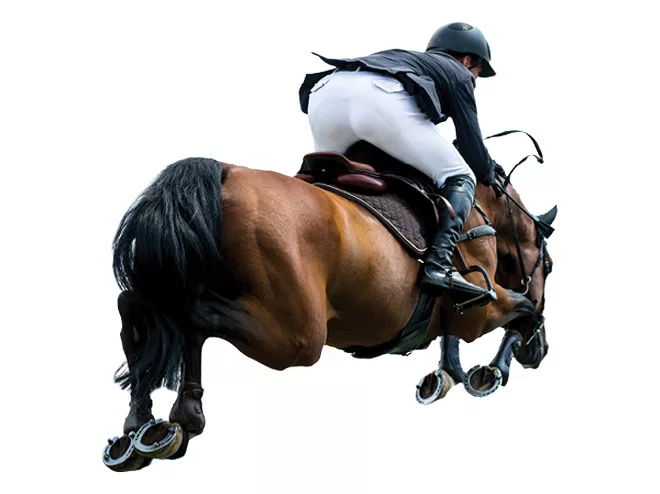American Farriers Journal
American Farriers Journal is the “hands-on” magazine for professional farriers, equine veterinarians and horse care product and service buyers.

Performance horses, by the very nature of the work they are asked to do, are more prone to injuries than horses that are being used primarily for recreational riding.
There are a number of studies that offer evidence that certain injuries are more likely to occur with certain disciplines, but an informal survey of several experienced farriers indicates that across disciplines, more common injuries such as sore feet and abscesses are the culprits that farriers most often have to deal with.
That makes sense, as farriers working with performance horses often are being asked to manage these problems so that a horse can continue to compete.
“No matter the discipline, every horse gets abscesses,” points out Jeff Ridley, a farrier from Leighton, Iowa. “That’s something a farrier is going to see and has to know how to treat.”
The performance horse issues that farriers most often will have to deal with are common, but that doesn’t make them less important.
Performance horses often suffer various forms of hoof pain, which also can have multiple causes.
Farriers who shoe performance horses often will be expected to manage issues such as heel or sole pain, as trainers and riders will be reluctant to pull a horse from competition.
If a horse has a conformation issue that is likely to affect its performance, adjust your trim and shoeing accordingly before the issue crops up.
The demands of a discipline will affect your choice of shoes to deal with an injury. A…